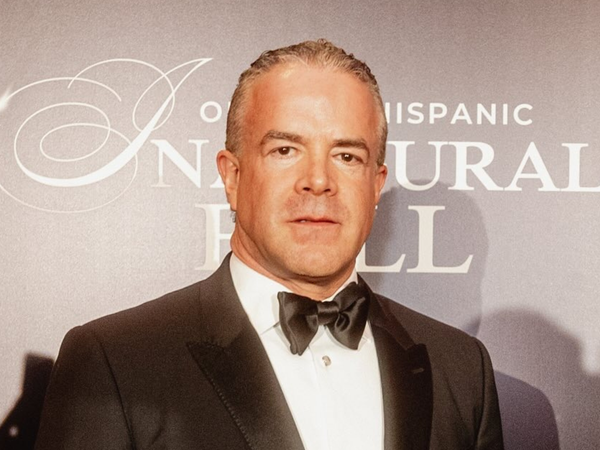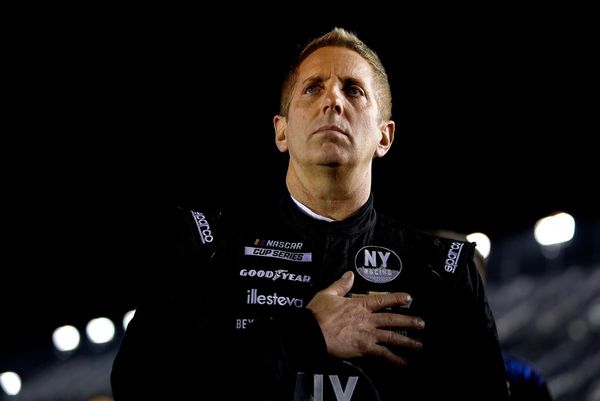American soap operas are different beasts from their British cousins. While on these shores, our soap operas tend to focus on ordinary people – the cockney residents of Albert Square or the Mancunians treading the cobbles of Coronation Street – Americans prefer their serials to put the rich and powerful through a process of psychological torture. The latest show to demonstrate this cultural difference is The Waterfront, a new Netflix crime drama about the dynastic battles within a fishing/narcotics empire.
Somewhere off America’s Atlantic coast, near the maritime town of Havenport, a drug-running trawler is intercepted by violent goons. This incident creates ripples through the local community, not least the “big family in town”, the Buckleys. Patriarch Harlan (Mindhunter’s Holt McCallany) has been suffering from heart problems following years of hard living, leaving his feckless son Cane (Jake Weary) to run the family business. His plans to wrench their empire out of debt involved colluding in drug smuggling, which leaves them now at the mercy of both a vicious cartel and the DEA agents investigating the piracy. While the Buckley men are getting in over their heads, the women are trying to keep things together. Harlan’s long-suffering wife Mae (Maria Bello), is brokering the sale of some land, Cane’s partner Peyton (Danielle Campbell) is trying to keep an eye on her husband, and the Buckleys’ youngest daughter, Bree (Melissa Benoist), is fighting her own battles with sobriety.
All of that – all the guns, the sex, the backstabbing and betrayal – should give you a clue as to the generic mould in which The Waterfront is operating. This is pure American soap, like Dynasty or Dallas, but with occasional flashes of quite grisly violence. Creator Kevin Williamson makes his Netflix debut here, but he is a true veteran of mid-tier American television, having created Dawson’s Creek and The Vampire Diaries, as well as the Scream film franchise. His oeuvre doesn’t deal with much subtlety, but he knows how to keep the momentum of a plot up. Every half an hour in The Waterfront, someone turns traitor or makes a grievous error or ends up getting fed to alligators. And you know what? It keeps you watching.
It’s quite refreshing to see a show coming out of Netflix’s American stable that isn’t just a pale knock-off of a primetime competitor. Compared to past series that emulate shows with mixed results, like The Perfect Couple (Big Little Lies), Ozark (Breaking Bad) or Dept. Q (Slow Horses), The Waterfront is a simpler proposition. It is almost entirely without creative aspiration, preferring, instead, to be gripping in the ambient way mastered by shows like Outer Banks and Virgin River. The writing is trite (“It’s all key lime pie,” Harlan warns his son, “until you come home and find your wife and kid dead”), but the characters unleash on one another with such reliable fury that it sweeps you along, like a wave breaking on the shoreline. “You want the truth or the bumper sticker?” Bree spits at her broken family.
It also allows an appealing cast to avoid tricky things like interiority. McCallany is a big, bruising presence as a man who has wasted his life, in the words of his wife, on “drinking and carousing”. Bello and Benoist offer more vulnerability, and then, a few episodes in, Topher Grace shows up to chew the scenery as the psychopathic kingpin of this East Coast drug ring. As ever with shows filmed in nice locations (this was shot on the North Carolina coast), it’s possible the actors have just turned up to enjoy the seafood and take home a paycheque. The fact that they operate as archetypes – the domineering father, the forbearing mother, the disappointing son, and the wayward daughter – certainly makes the acting job simpler.
It also makes the show predictable to a fault. But it is hard to imagine that anyone at Netflix thinks The Waterfront is going to be a classic, or even a particular hit. Instead, it is television played about as safe as it comes. Bringing unique and exciting series to the small screen involves casting your fly perfectly so that the trout will leap from the stream and bite the hook. It is high-risk but magical. With The Waterfront, they’ve gone in the other direction, making something with a consistent yield but formulaic; the creative equivalent of fishing with dynamite.







